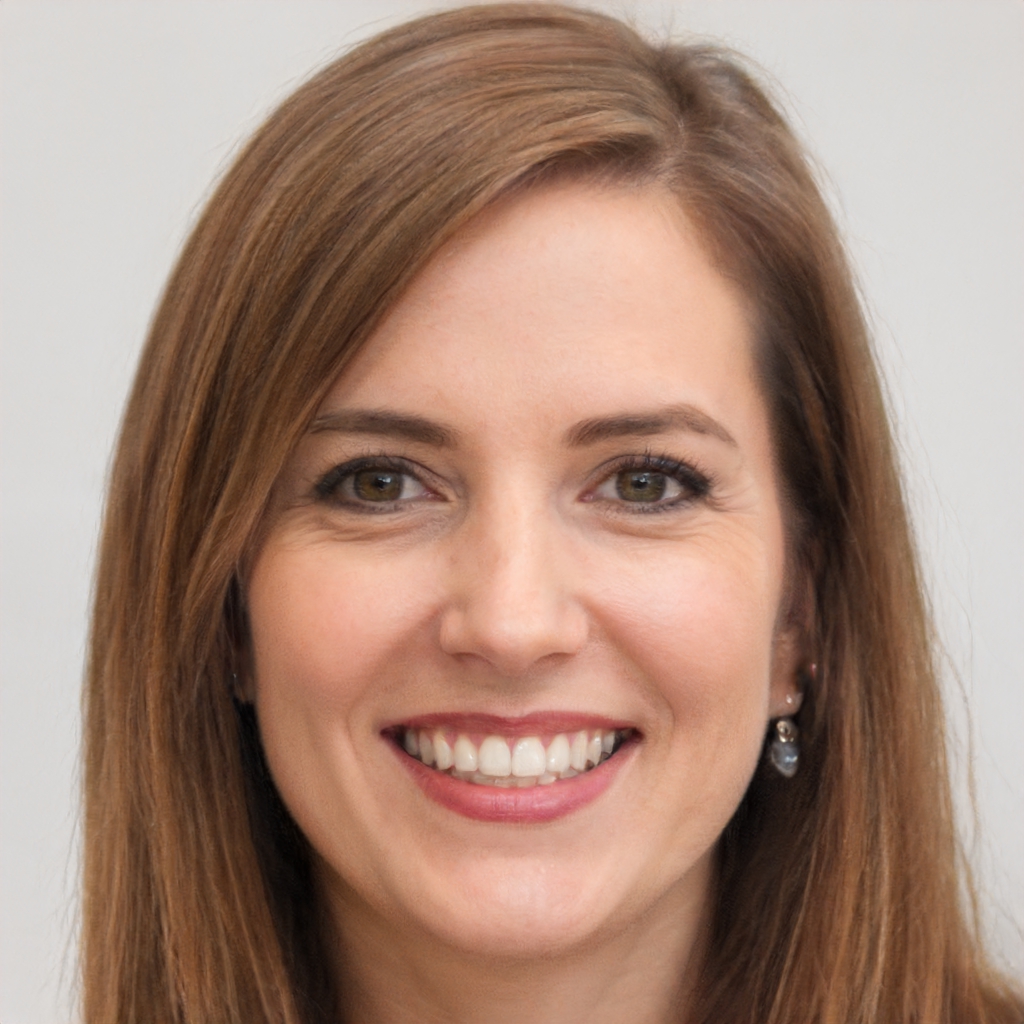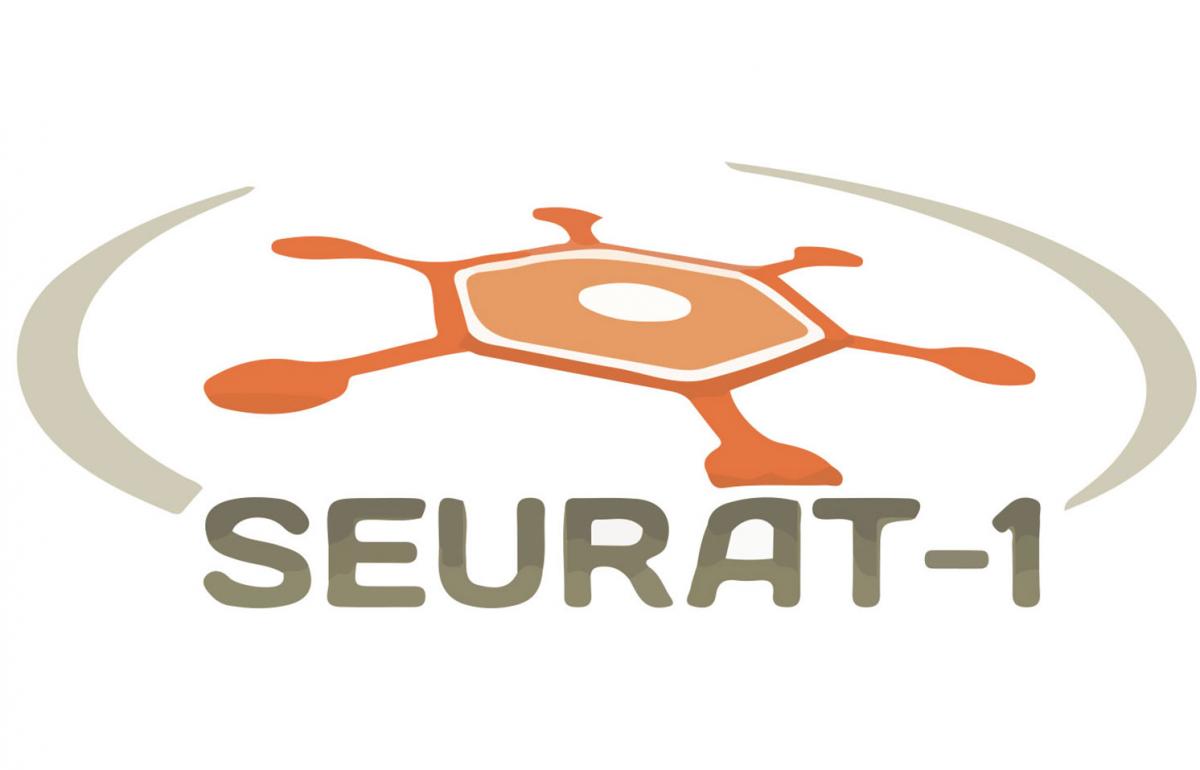- Jeliazkova N., Jeliazkov V. AMBIT RESTful web services: an implementation of the OpenTox application programming interface, Journal of Cheminformatics 2011, 3:18, doi:10.1186/1758-2946-3-18.
- Jeliazkova N., Kochev N. Ambit-SMARTS: Efficient Searching Of Chemical Structures And Fragments, Molecular Informatics, 2011;30(8):707-720. doi:10.1002/minf.201100028
- Willighagen E., Jeliazkova N., Hardy B., Grafstrom R., Spjuth O., Computational toxicology using the OpenTox application programming interface and Bioclipse, BMC Research Notes 2011 4 (1), 487
- Noel M O’Boyle , Rajarshi Guha , Egon L Willighagen , Samuel E Adams , Jonathan Alvarsson , Jean-Claude Bradley , Igor V Filippov , Robert M Hanson , Marcus D Hanwell , Geoffrey R Hutchison , Craig A James , Nina Jeliazkova , Andrew SID Lang , Karol M Langner , David C Lonie , Daniel M Lowe , Jerome Pansanel , Dmitry Pavlov , Ola Spjuth , Christoph Steinbeck , Adam L Tenderholt , Kevin J Theisen and Peter Murray-Rust, Open Data, Open Source and Open Standards in chemistry: The Blue Obelisk five years on Journal of Cheminformatics 2011, 3:37, doi:10.1186/1758-2946-3-37.
- Bhhatarai B., Teetz W., Liu T., Oberg T., Jeliazkova N., Kochev N., Pukalov O., Tetko I., Kovarich S., Papa E., Gramatica P., CADASTER QSPR Models for Predictions of Melting and Boiling Points of Perfluorinated Chemicals, Molecular Informatics 2011;30(2-3):189–204.
- Jeliazkova N., Jaworska J., Worth A. (2010) Chapter 17. Open Source Tools for Read-Across and Category Formation, In M. Cronin, & Madden J. (Eds.), In Silico Toxicology : Principles and Applications (pp. 408-445). Cambridge, UK: RSC Publishing
- B. Hardy, N. Douglas, C. Helma, M. Rautenberg, N. Jeliazkova, V. Jeliazkov, I. Nikolova, R. Benigni, O. Tcheremenskaia, S. Kramer, T. Girschick, F. Buchwald, J. Wicker, A. Karwath, M. Gütlein, A. Maunz, H. Sarimveis, G. Melagraki, A. Afantitis, P. Sopasakis, D. Gallagher, V. Poroikov, D. Filimonov, A. Zakharov, A. Lagunin, T. Gloriozova, S. Novikov, N. Skvortsova, D. Druzhilovsky , S. Chawla, I. Ghosh, S. Ray, H. Patel, S. Escher, Collaborative Development of Predictive Toxicology Applications, Journal of Cheminformatics 2010, 2:7doi:10.1186/1758-2946-2-7.
- Nina Jeliazkova, Computer tools for Threshold of Toxicological Concern elucidation, Toxicology Letters, Abstracts of the 46th Congress of the European Societies of Toxicology, Volume 189, Supplement 1, 13 September 2009, Page S10
- R. Benigni, A. Worth, T. Netzeva, N. Jeliazkova, C. Bossa, A. Gruska, R. Franke, Structural motifs modulating the carcinogenic risk of aromatic amines, Environmental and Molecular Mutagenesis, 2009, 50:152161
- Patlewicz G, Jeliazkova N, Safford RJ, Worth AP, Aleksiev B. An evaluation of the implementation of the Cramer classification scheme in the Toxtree software. SAR QSAR Environ Res. 2008;19(5-6):495-524.
- G. Patlewicz, N. Jeliazkova, A. Gallegos Saliner, A. P. Worth, Toxmatch-a new software tool to aid in the development and evaluation of chemically similar groups,SAR and QSAR in Environmental Research, 19:3, 397 — 412(2008)
- Joanna Jaworska, Nina Nikolova-Jeliazkova, How can structural similarity analysis help in category formation, SAR and QSAR in Environmental Research, vol 18, 3-4 (2007)
- Joanna Jaworska, Nina Nikolova-Jeliazkova, Tom Aldenberg QSAR Applicability Domain Estimation by Projection of the Training Set in Descriptor Space: A Review, ATLA, 33, 445–459 (2005)
- Nina Nikolova-Jeliazkova, Joanna Jaworska An Approach to Determining Applicability Domains for QSAR Group Contribution Models: An Analysis of SRC KOWWIN, ATLA, 33, 461–470 (2005)
- T.I. Netzeva, A.P. Worth,T. Aldenberg, R. Benigni, M.T.D. Cronin, P. Gramatica, J.S. Jaworska, S. Kahn, G. Klopman, C.A. Marchant, G. Myatt, N. Nikolova-Jeliazkova, G.Y. Patlewicz, R. Perkins, D.W. Roberts, T.W. Schultz, D.T. Stanton, J.J.M. van de Sandt, W. Tong, G. Veith & C. Yang ECVAM WORKSHOP REPORT Current status of methods for defining the applicability domain of (quantitative) structure-activity relationships , ATLA, 33, 155-173 (2005)
- Aynur O. Aptula, Nina G. Jeliazkova,, Terry W. Schultz, Mark T. D. Cronin The Better Predictive Model: High q2 for the Training Set or Low Root Mean Square Error of Prediction for the Test Set?, QSAR and Combinatorial Science 2005, 24, 385-396 (2005)


Sara holds the esteemed position of Lead Publisher at SEURAT, overseeing the curation and dissemination of content centered on health and ethical consumer choices. With her rigorous editorial standards and an acute understanding of the health supplement industry, she ensures the delivery of accurate, insightful, and relevant information to the platform’s discerning audience. Her commitment to promoting cruelty-free practices has solidified the website’s reputation as a trusted source for professional and ethical insights in the sector.
